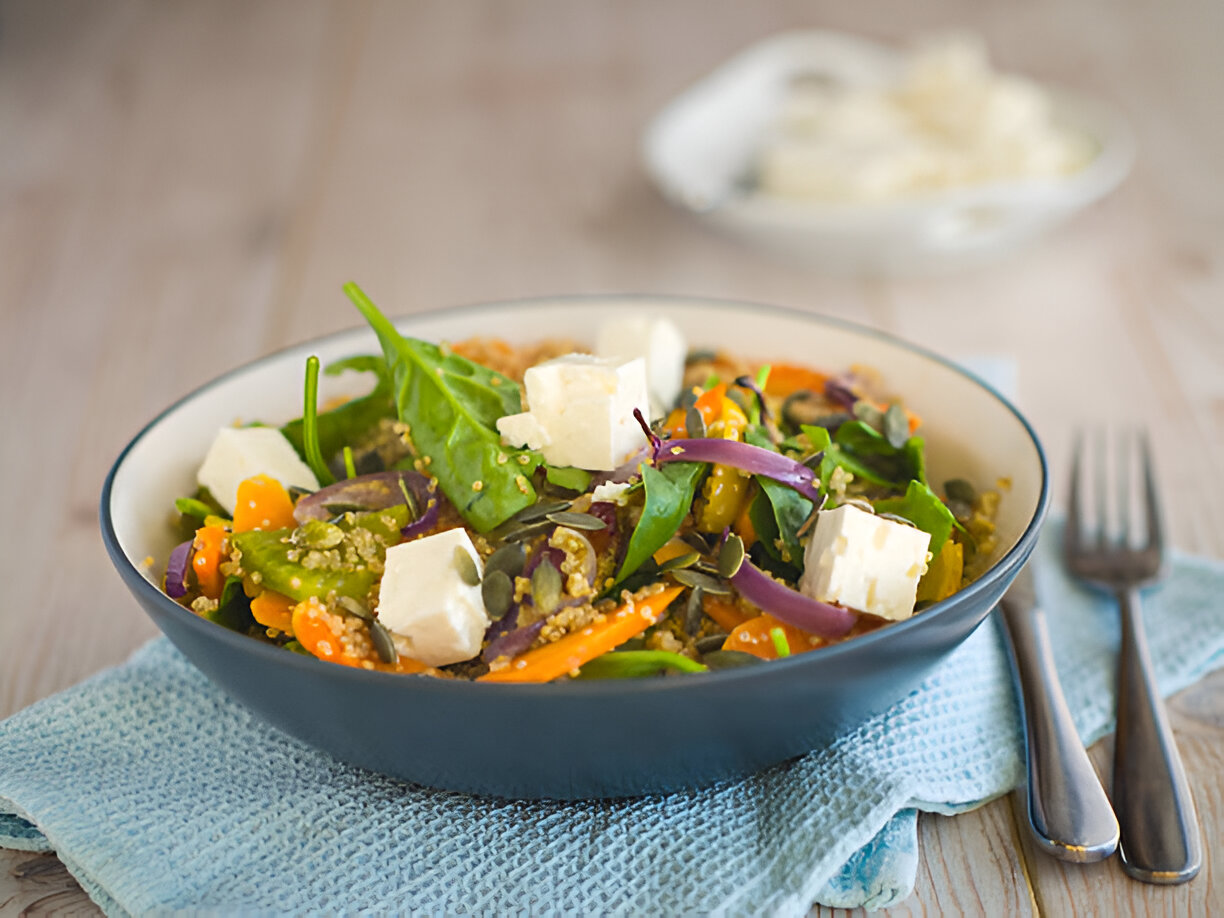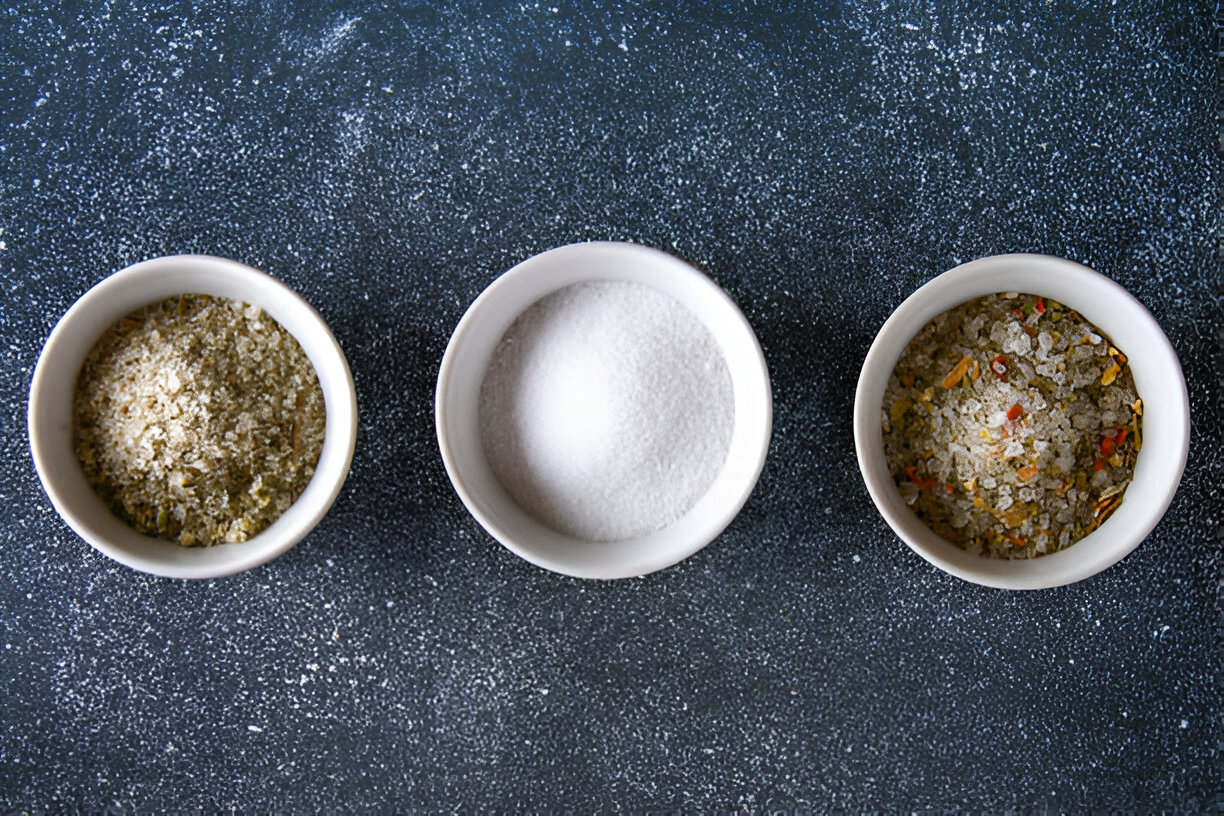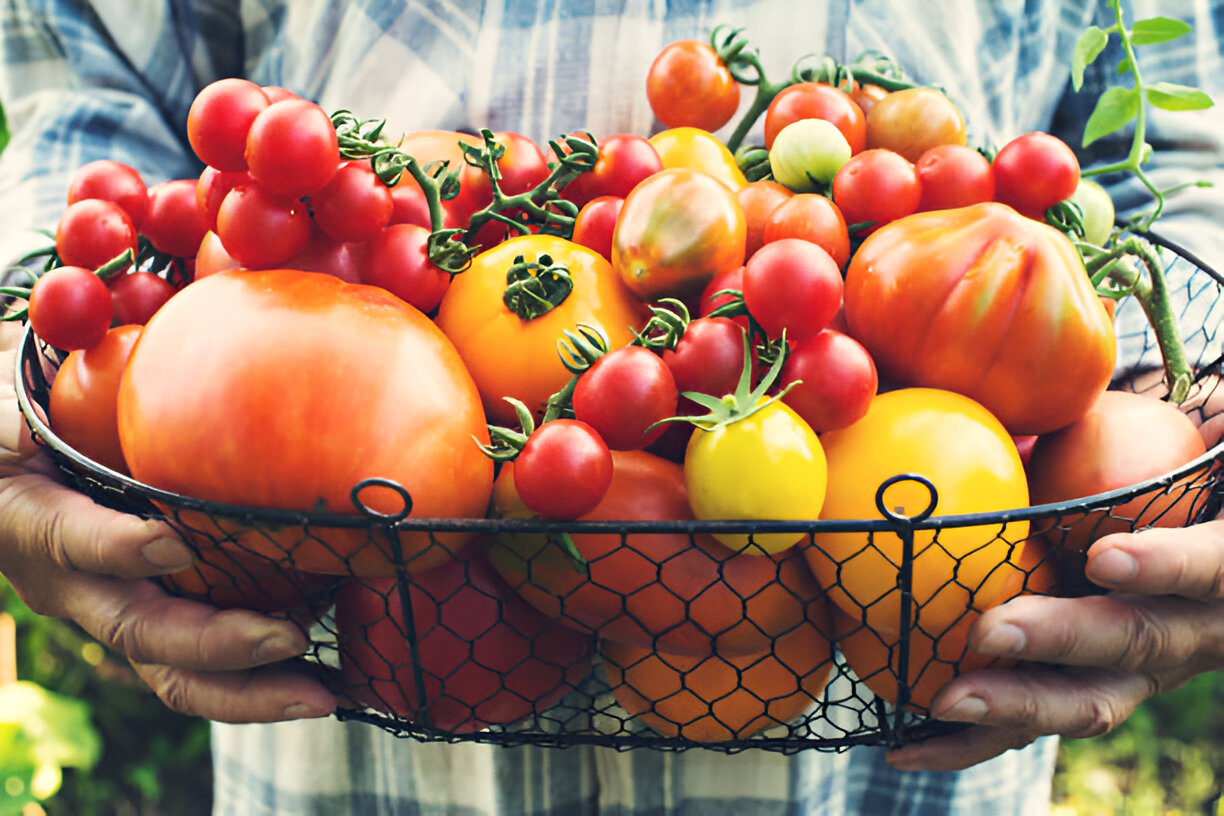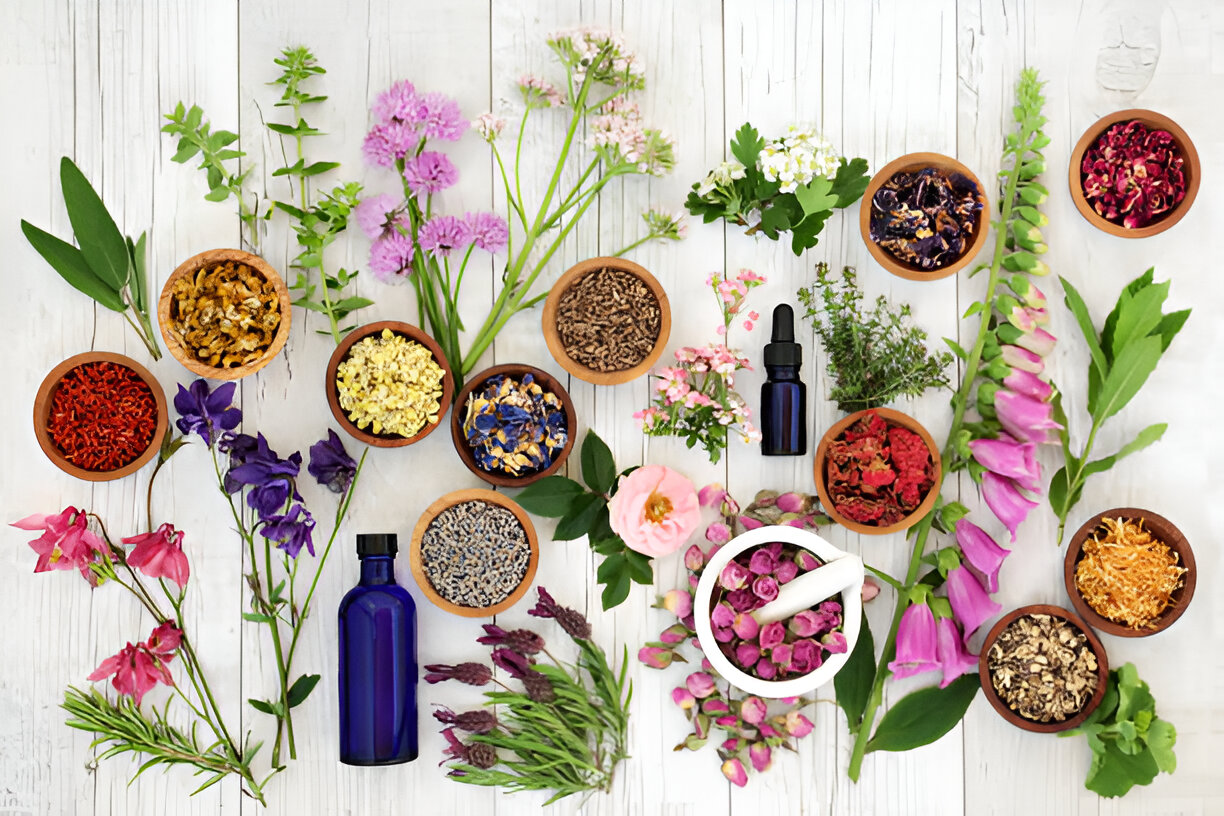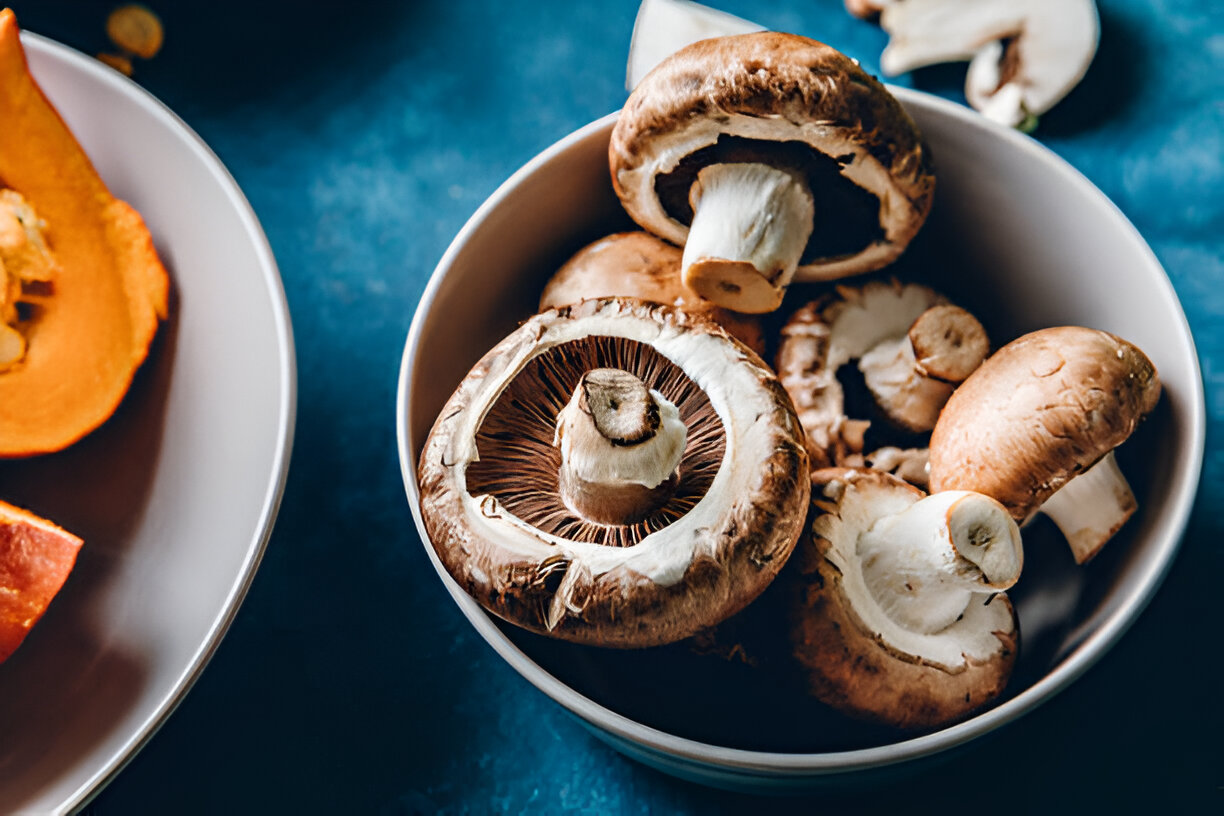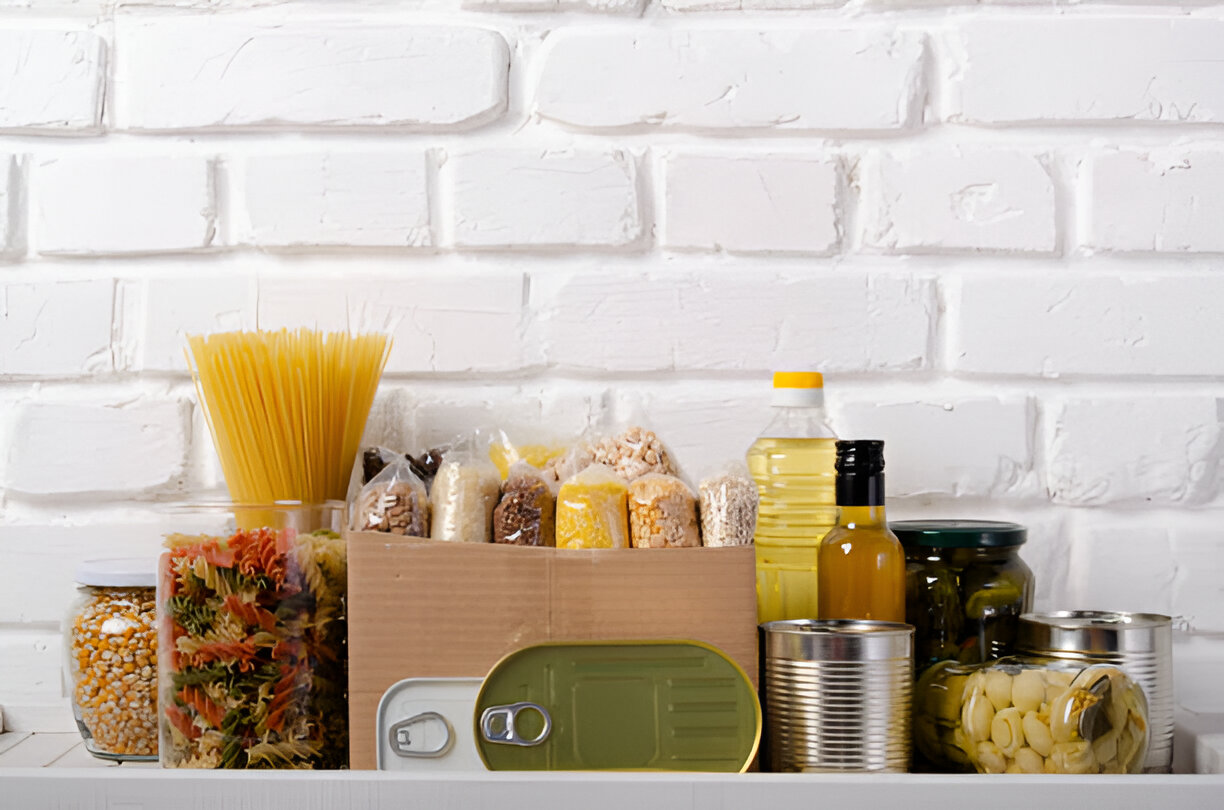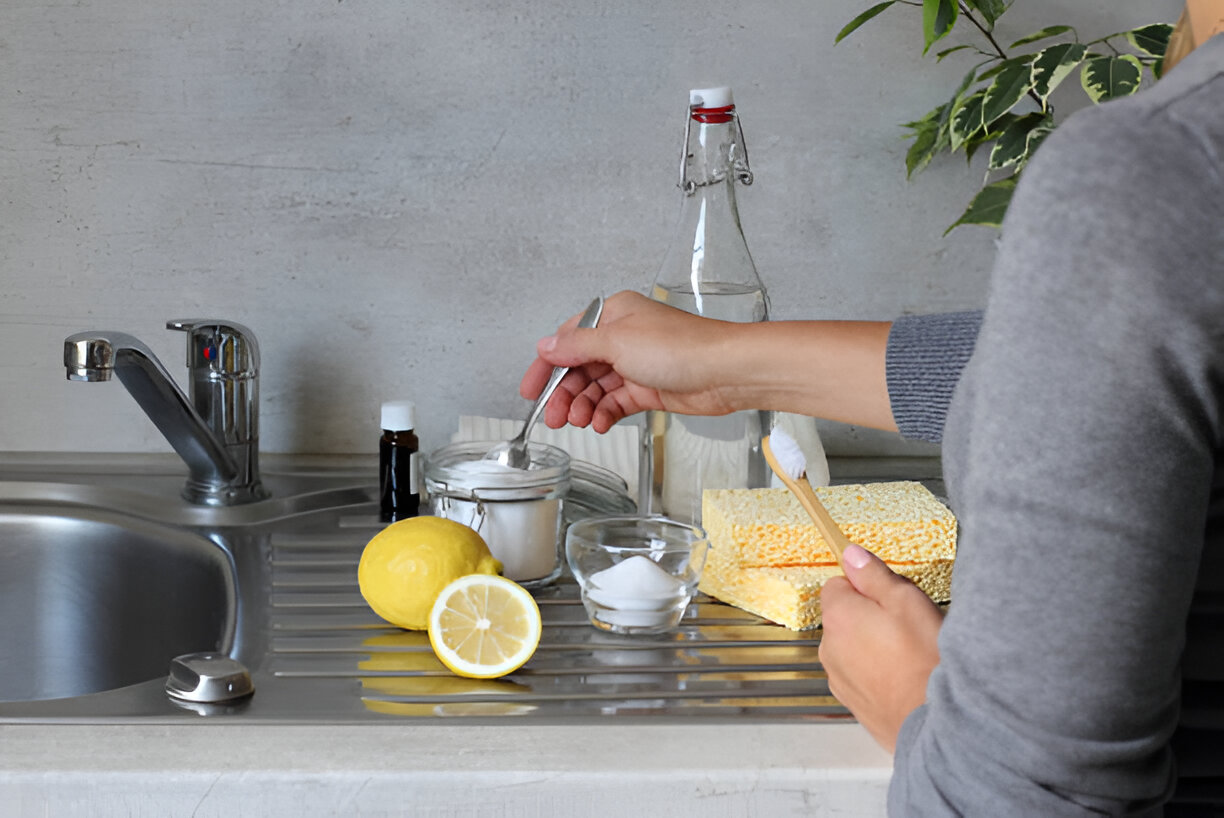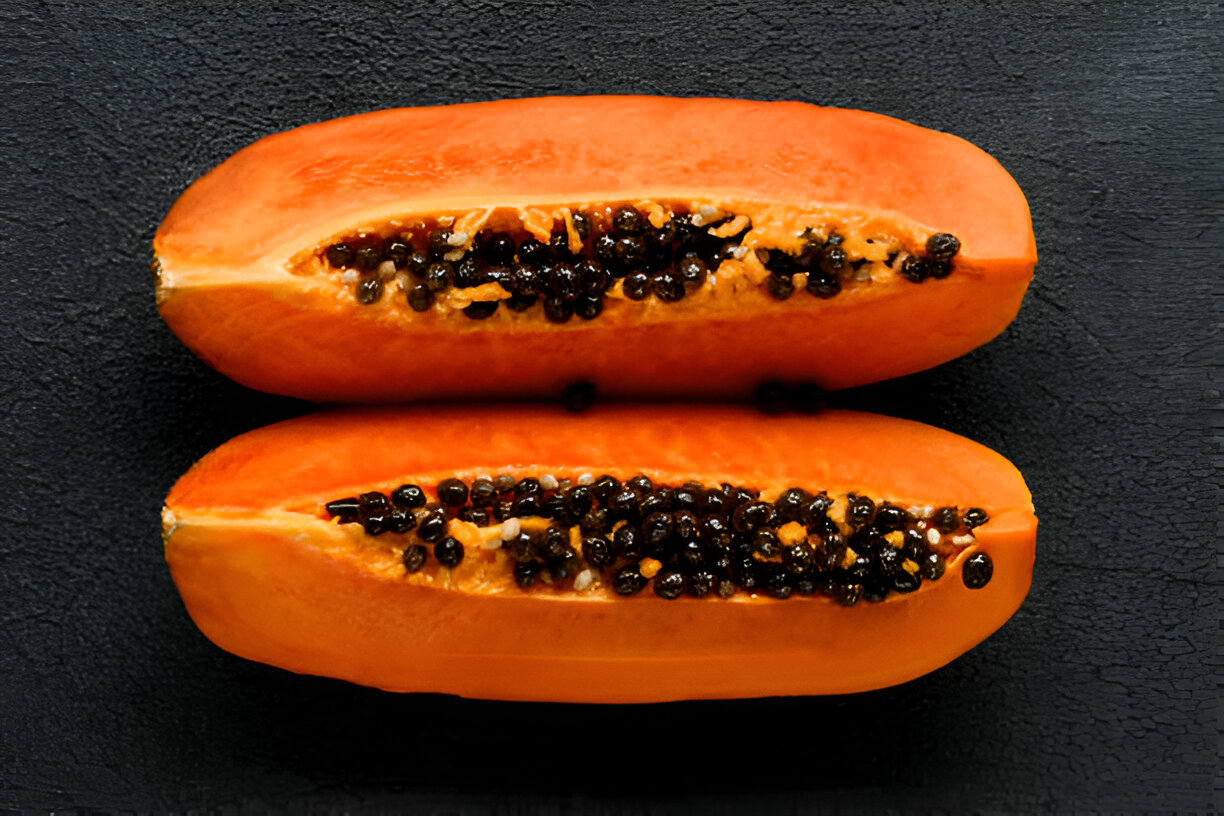

When you walk through the door of your local supermarket, how do you feel? If you answer “overwhelmed” or “ready to flee,” you're in good company. With thousands of products for sale, packaging that touts ever-changing health claims, and tempting displays that threaten to drain your wallet and inflate your waistline, shopping for healthy groceries can be downright dizzying.
“It's tough for any rational person to sort out,” says Dr. Marion Nestle, nutrition professor at New York University and author of “What to Eat: An Aisle-by-Aisle Guide to Savvy Food Choices and Good Eating.” “Supermarkets perform an enormous public service by having everything in one place,” she says, but since their main objective is simple-to sell groceries — “they're designed to make you look at a lot of products and do a lot of impulse buying.” This is true of both conventional supermarkets and natural-foods stores, she points out.
A few stores have taken measures to help their customers make nutritious choices. In September 2006, the Northeast grocery-store chain Hannaford Bros. introduced a star system that rates the healthfulness of packaged foods — and an alarming 77 percent of more than 27,000 foods received no star. Whole Foods, for its part, has a long history of forbidding certain unhealthy ingredients, such as partially hydrogenated oil, on its shelves.
Bright spots aside, nutrition experts say you can't let your guard down in any store. To take advantage of your store's abundance without falling for foods you don't need or want, “take charge of your shopping experience,” recommends New York City-based professional chef and nutrition adviser Stephanie Bryn Sacks, M.S. “Get to know your store, investigate the best options for your health,” and resist shopping on “autopilot” at all costs.
Step 1: Prioritize
You're probably used to rushing to the supermarket after work, hurling a bunch of stuff in your cart, and heading home to make dinner. Next time, prepare a little before you go — it will help make your final tally full of healthy choices, says Sacks.
Scan Your Fridge and Pantry
Keeping a running tally of what you need can help you stay on top of your shopping goals. “When I run out of something, whether it's a staple like milk and eggs or freshness-challenged items like green veggies, I just jot it down,” Sacks says. “That way, when I'm at the grocery store I'm targeted.”
List-making may be a double-edged sword, however; counterintuitive as it may sound, some research shows that those who make shopping lists tend to buy more impulse items than those who don't. “People who make lists often turn grocery shopping into more of an entertaining, all-afternoon event,” explains Dr. Brian Wansink, director of Cornell University's Food and Brand Lab and author of “Mindless Eating.” Stay on track, he suggests, by adding quantities to your shopping list: If you plan to buy pasta, for instance, write down how many boxes you need instead of tossing a half-dozen cartons into your cart.
Time It Right
Don't head to the store at its busiest times (when your aggravation may lead you to cut corners) or when you're starving (you'll struggle to avoid grabbing whatever's in reach). Have a healthy snack before you head out so you'll be less cranky and more tuned in to what you need. And set a reasonable time limit — perhaps an hour — so you'll spend less time walking the aisles and face fewer temptations as a result.
Know Your Health Goals and Values
Keeping grocery-store buzzwords straight presents enough of a challenge, but even determining what “healthy” means isn't always as simple as it sounds. Although most experts agree on certain nutritional principles — the value of fruits and vegetables, for example — factors such as your health condition, your weight, and your values may steer you toward low-fat, no-sugar, vegetarian, organic, or locally grown options. Take meat, says Nestle: Although there may be some nutritional benefits to choosing antibiotic-free, she points out that there are also ethical implications — the way animals are treated and fed. “You have to decide if those issues are important to you,” she says. Keeping your diet priorities and food sensibilities in mind will help you stay focused and unswayed.
Step 2: Stay Centered
Even the best-laid plans for healthy shopping can be rendered null when you walk through the automatic door. “The reality is that people will often choose what's most visible and what's marketed the most,” says Sacks. In fact, research shows that each of us makes more than 200 food-related decisions every day, although we may only be aware of 30 of them. “That means that subtle things around us end up leading us to make certain choices,” says Wansink. To limit these subliminal influences try the following.
Beware of “Health Halos”
According to research, “if you tell people a product is pesticide-free, the average person will assume it has fewer calories,” says Wansink, who calls this type of perceived crossover a health halo. “If you tell someone a product is organic, they won't only believe it's healthier but also that it has less fat.” Nestle concurs, reminding consumers that “there's still ‘organic' junk food, from potato chips to frozen dinners. You have to use common sense.”
Size Up Your Needs
Think about the volume of the groceries you're buying when you arrive at the store, says Wansink. “If you end up taking a shopping cart for a basket's worth of items, you're likely to throw many additional items in.”
Get Your Bearings
If you're in a store that's brand-new to you, take a breath and get a sense of where everything is before you get started, says Sacks. “Before you take a shopping cart, just wander around a bit,” she suggests.
Think Like the Grocer
The average person makes 2.2 shopping trips a week, says Wansink; knowing this, retailers are motivated to get you to “spend as much of your grocery dollars in their store.” So even if you run in to buy one item, be aware of the pressure. “There will be a million reminders of the other things you could also enjoy,” he adds. Most stores have the same layout: packaged foods in the middle aisles and produce, dairy, meat, and fish along the perimeter. Marketing experts use strategies, however, to get you to walk through the entire store. They may place healthy staples such as grains and spices right next to (surprise!) the cookie aisle. And they'll put food displays, whether they feature Valentine's Day candy hearts or “all-natural” energy bars, in strategic locations to encourage impulse buys, says Nestle. Even for the health- and budget-minded, “it's hard to stand up to that kind of pressure.” The best we can do, she says, is to pay close attention to how the store is “selling you.”
Step 3: Strategize
For optimal nutrition, say experts, spend most of your time shopping in the perimeter of the grocery store, where most fresh, whole foods reside, and make selective strikes to the center aisles for healthy choices like frozen vegetables, canned tomatoes, whole grains, olive oil, and spices.
Mix It Up
In the produce aisle, “most people make a beeline for the bananas, iceberg lettuce, and tomatoes, and ignore everything else,” says Suzanne Havala Hobbs, R.D., author of “Get the Trans Fat Out.” Even if you're more creative, anyone can get into a rut — whether you always stick with romaine lettuce or never waver from portobello mushrooms. Next time, pick out some purple kale or juicy papaya. “And try different grains, like brown jasmine rice, millet, quinoa, and basmati,” says Hobbs. “Theoretically, if you eat a variety of foods, you're more likely to get the full array of nutrients you need.”
Use Your Senses
In the “fresh” areas of the store, let your senses help guide you toward the best picks. Look for fruits and vegetables that smell fresh, aren't wilted, and don't feel too soft, says Sacks. Meat safety is particularly important to keep in mind. Besides looking at the expiration date, says Sacks, “notice the color — does it look discolored or brown?”
Read All the Print
The center aisles require an analytical approach. Pay close attention to the packaged foods you pick up, says Nestle. Her advice: If the ingredient list is very long, or if partially hydrogenated oils or sugars appear in the first few ingredients, don't buy it. Read health claims like “whole grain” and “sugar-free” with skepticism — you'll still need to scan all the ingredients before making a decision. “After all, what does ‘heart-healthy' really mean?” asks Sacks. “Unfortunately, you can't take anything at face value, so you have to dig a little deeper,” she says. (For information about health claims on package labels, visit the Food and Drug Administration's Center for Food Safety and Applied Nutrition at
cfsan.fda.gov
.) Many packaged foods contain artificial colors and flavors, sugar substitutes, and preservatives. And don't forget, calories still count!
Don't Be Shy
Getting to know your store means feeling comfortable asking questions. “I think a lot of people hold off because they're not quite sure what to ask,” says Sacks. When it comes to fish, for instance, ask whether it's wild or farmed; Atlantic salmon, for example, can be misleading since more than 70 percent of it is farmed, not fished from the Atlantic Ocean. You can also find out whether fish was previously frozen and where it's from. “Say I want shellfish, and I can buy either shrimp from Central America or local sea scallops. I want to know so I can make the choice,” says Sacks. (To help navigate the fish-buying waters, visit
oceansalive.org
.) If you can't find broccoli rabe, ask the person who's stocking the shelves — there may be a fresh batch in the back. Besides gleaning information, interacting with your grocers can keep you mentally engaged, which can only help your conscious-shopping efforts.
Live and Learn
Don't beat yourself up for buying a less-than-healthy product here and there, say our experts. It's your overall dietary patterns that count. With the right tools and attitude, shopping at the supermarket need not derail your efforts. “Conscious eating is about knowledge,” says Sacks. We all lead busy lives, she adds, but if you take the time to look around your store and do a little research, “you can really educate yourself about eating right.”
Are you too attached to sugar?
Take our quiz
.
Text by Sharon M. Goldman





